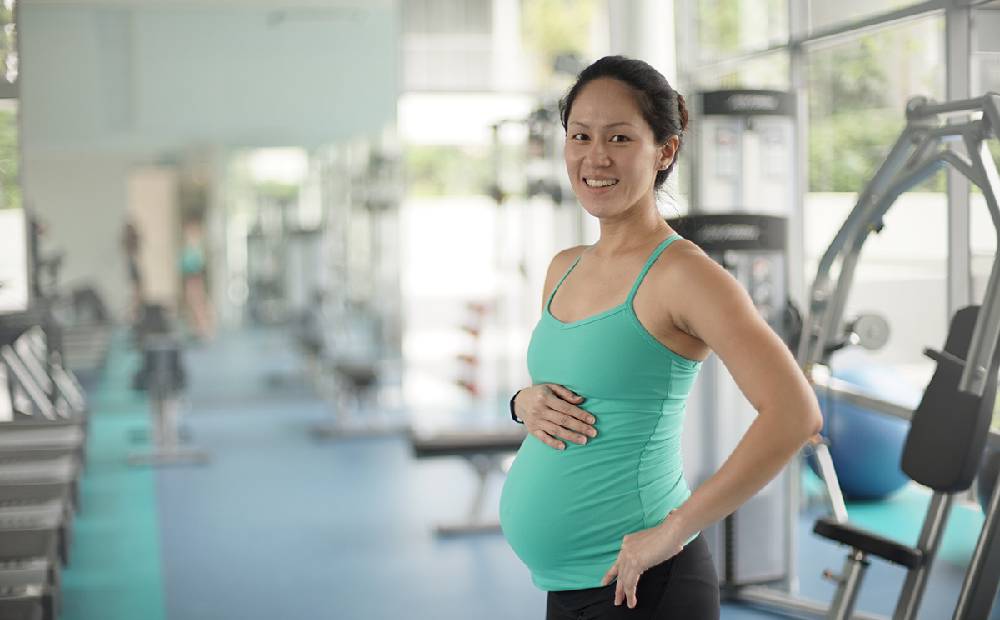- Introduction:
- Fitness for Children and Adolescents
- Fitness for Older Adults
- Fitness for Pregnant Women
- Fitness for Individuals with Disabilities
- Fitness for Individuals Recovering from Injuries
- Fitness for Individuals with Chronic Conditions
- Fitness for Individuals with Mental Health Challenges
- Fitness for Busy Professionals
- Fitness for LGBTQ+ Community
- Fitness for Individuals from Diverse Cultural Backgrounds
Introduction:
Fitness for Specific Populations is a universal concept that holds significant significance for people of all periods and backgrounds. still, different populations have unique requirements and considerations when it comes to exercise and maintaining overall health. Whether it’s children, aged grown-ups, pregnant women, individuals with disabilities, or those recovering from injuries, acclimatizing fitness programs to meet their specific conditions is pivotal for icing optimal health benefits. In this composition, we will explore the significance of fitness for specific populations and give guidelines for designing effective exercise routines.
Fitness for Children and Adolescents
Physical exertion plays a vital part in the growth and development of children and adolescents. Regular exercise helps in erecting strong bones, perfecting cardiovascular health, enhancing collaboration and motor chops, and maintaining healthy body weight. To promote fitness among this population, it’s essential to concentrate on conditioning that is pleasurable, age-applicable, and inclusive. Encouraging participation in platoon sports, active play, and structured physical education programs can foster a lifelong love for physical exertion.
Fitness for Older Adults
As individuals age, staying active becomes indeed more pivotal for maintaining overall health and quality of life. Exercise for aged grown-ups should concentrate on perfecting inflexibility, strength, balance, and cardiovascular abidance. Low-impact conditioning similar to walking, swimming, and tai chi can be largely salutary. also, resistance training with light weights or resistance bands helps save muscle mass and bone viscosity. It’s essential to consider any pre-existing medical conditions or physical limitations and consult healthcare professionals for individualized exercise recommendations.
Fitness for Pregnant Women
gestation is a unique phase where maintaining fitness can give multitudinous benefits for both the mama and the developing baby. Exercise during gestation helps manage weight gain, reduces the threat of gravid diabetes, improves mood, and enhances stamina for labor. Low-impact exercises like antenatal yoga, swimming, and stationary cycling are generally safe for pregnant women. still, it’s pivotal to consult with a healthcare provider to ensure that the exercise routine aligns with individual requirements and any implicit gestation complications.

Fitness for Individuals with Disabilities
Everyone, anyhow of capability, should have access to openings for physical fitness. Exercise can enhance the strength, mobility, and internal well-being of individuals with disabilities. Acclimated conditioning, similar to wheelchair sports, seated exercises, or water-grounded exercises, can give a safe and effective way to stay active. Collaboration with healthcare professionals and trained fitness preceptors who specialize in adaptive exercise programs can help knitter exercises to specific requirements, capacities, and pretensions.
Fitness for Individuals Recovering from Injuries
After an injury or surgery, recuperation through exercise is pivotal for restoring strength, inflexibility, and function. Injured individuals should work nearly with healthcare professionals, including physical therapists, to design a structured recuperation program. This may include a combination of stretching, strengthening exercises, and cardiovascular conditioning to promote mending, reduce pain, and help unborn injuries. It’s essential to follow the guidance of healthcare professionals and gradationally increase intensity and duration grounded on individual progress.
Fitness for Individuals with Chronic Conditions
For individuals with habitual conditions similar to diabetes, heart complaint, or arthritis, exercise plays a vital part in managing symptoms, perfecting overall health, and enhancing quality of life. still, it’s pivotal to consider the specific condition and its associated limitations. Consulting with healthcare professionals, similar to croakers or physical therapists, can help design exercise programs that are safe and effective. Conditioning like walking, swimming, gentle yoga, or cycling can be salutary, but intensity and duration should be acclimatized to individual capabilities and medical advice.
Fitness for Individuals with Mental Health Challenges
Exercise has been shown to have a profound impact on internal health, reducing symptoms of depression, anxiety, and stress. thus, developing fitness programs that feed individuals with internal health challenges is essential. Incorporating conditioning that is pleasurable and promotes a sense of accomplishment, similar to group fitness classes, out-of-door conditioning, or awareness-grounded exercises, can be salutary. It’s also important to produce a probative and non-judgmental terrain that encourages participation and tone-care.
Fitness for Busy Professionals
In the moment’s fast-paced world, numerous professionals struggle to find time for exercise. still, maintaining physical fitness is pivotal for managing stress, adding productivity, and perfecting overall well-being. For busy professionals, incorporating physical exertion into their diurnal routines is essential. This can include taking the stairs rather than the elevator, walking or cycling to work, or scheduling short exercise breaks during the day. High-intensity interval training( HIIT) exercises or short, focused sessions of strength training can give effective results in a limited time.

Fitness for LGBTQ+ Community
Creating inclusive fitness surroundings for the LGBTQ community is important to ensure that everyone feels comfortable and ate. Fitness installations and coaches can educate themselves about the unique requirements and enterprises of LGBTQ individuals and give inclusive programming. also, promoting body positivity, offering gender-neutral changing areas, and esteeming favored pronouns can contribute to a further inclusive fitness experience for all.
Fitness for Individuals from Diverse Cultural Backgrounds
Cultural diversity plays a significant part in shaping people’s stations, preferences, and beliefs about exercise. Feting and esteeming these differences is pivotal in promoting fitness among individuals from different artistic backgrounds. Fitness programs should be sensitive to artistic morals, traditions, and preferences. Incorporating conditioning that aligns with artistic practices, furnishing bilingual instructions, and diversifying fitness staff can help produce an inclusive terrain where everyone feels comfortable and motivated to share.

Fitness for Specific Populations ,Fitness for Specific Populations,Fitness for Specific Populations,Fitness for Specific Populations,Fitness for Specific Populations,Fitness for Specific Populations,Fitness for Specific Populations,Fitness for Specific Populations





